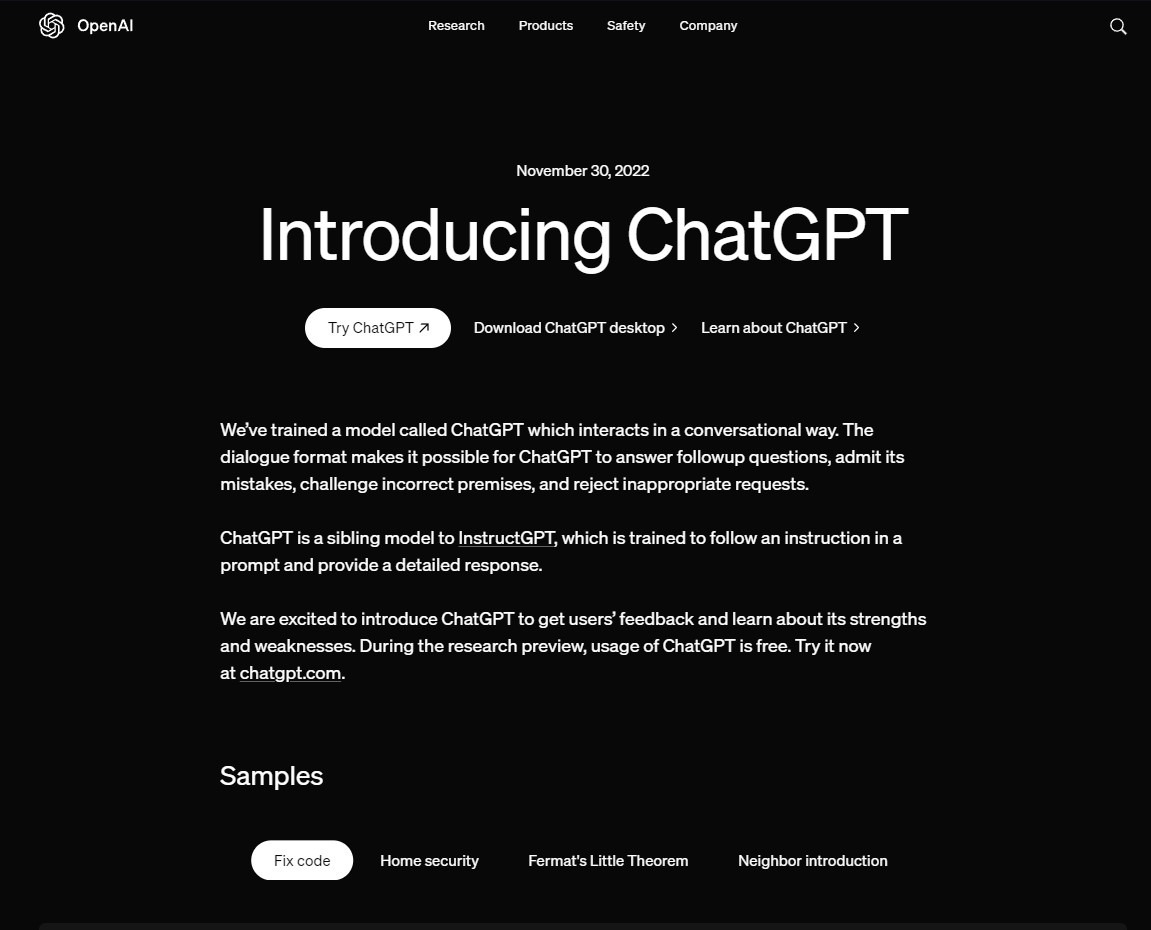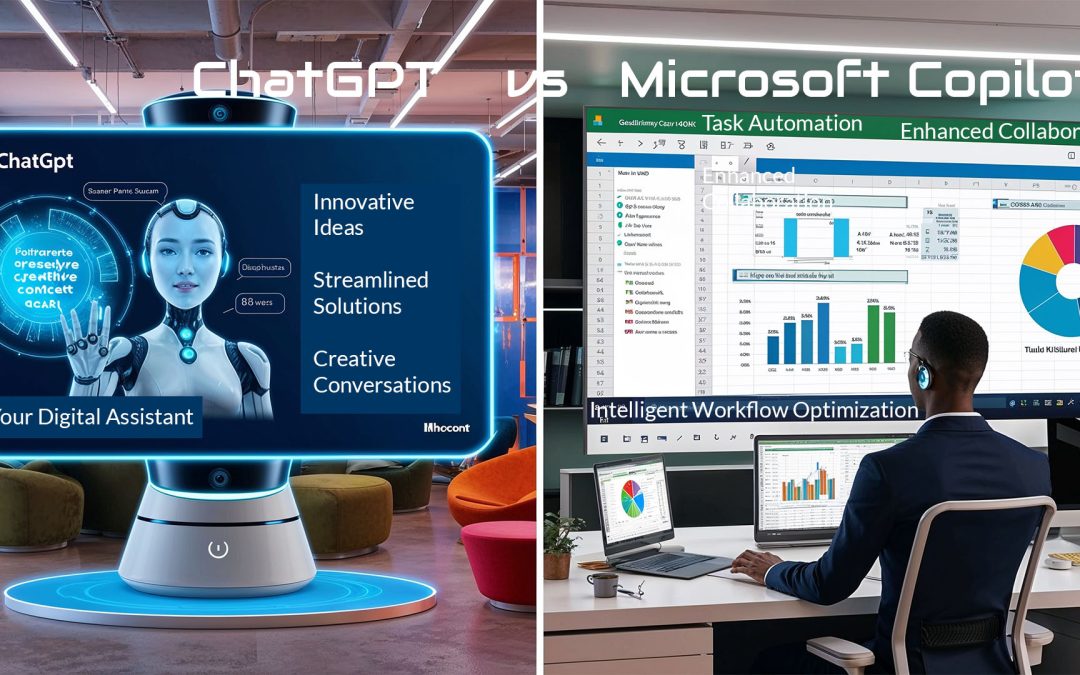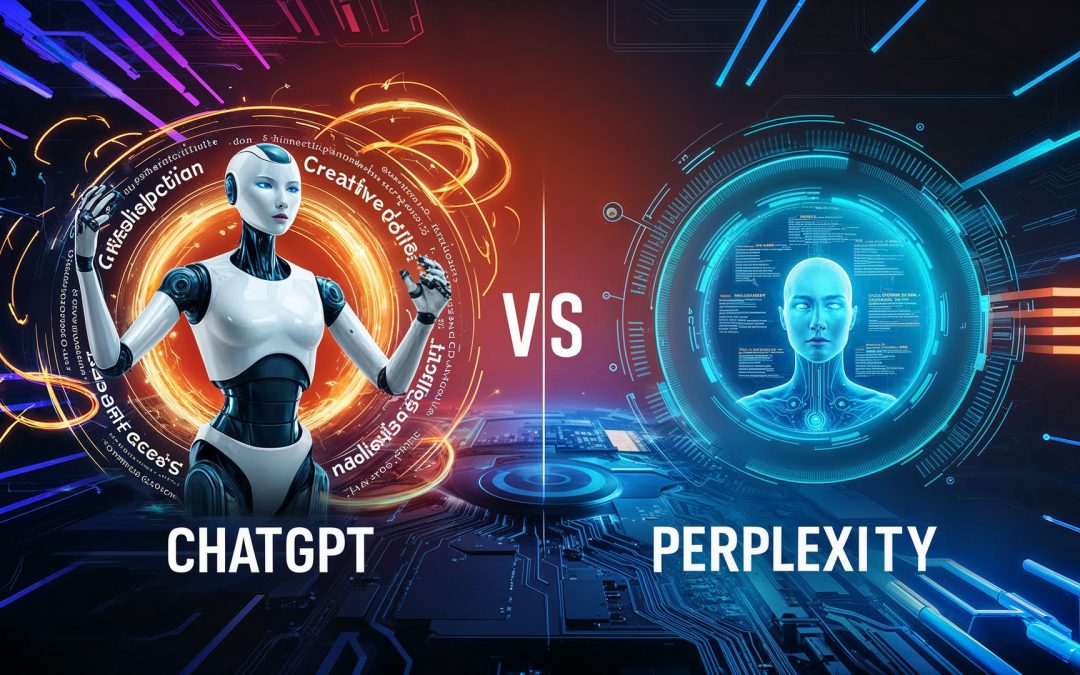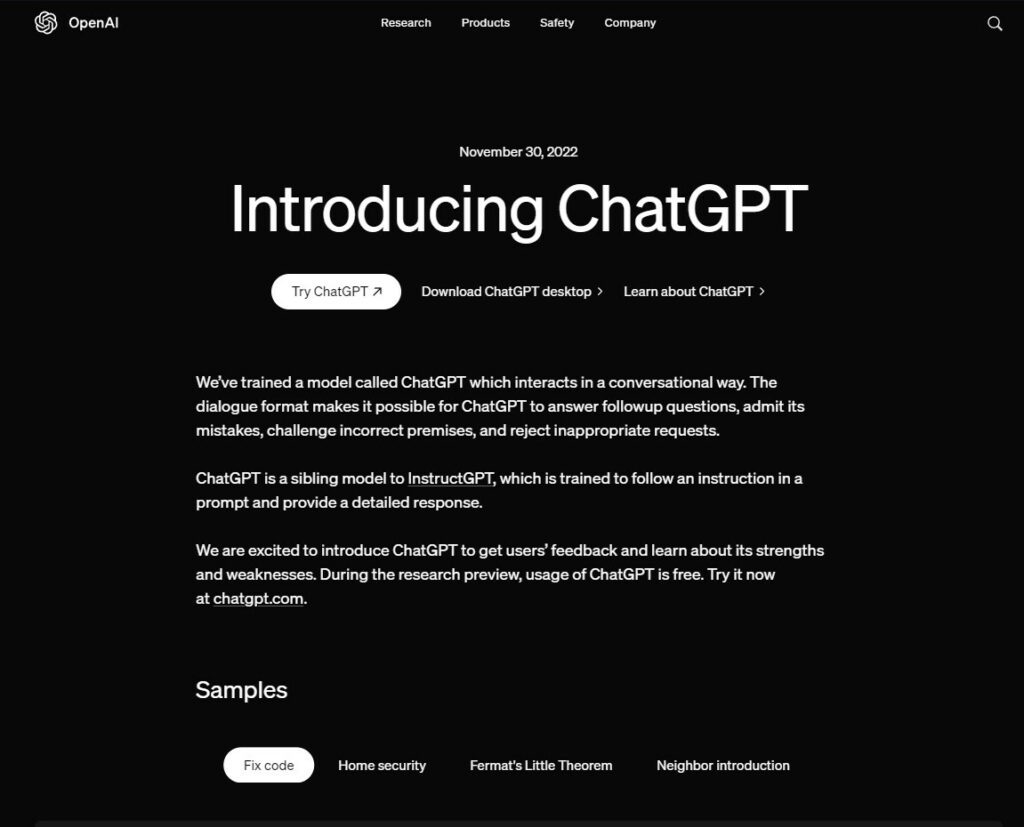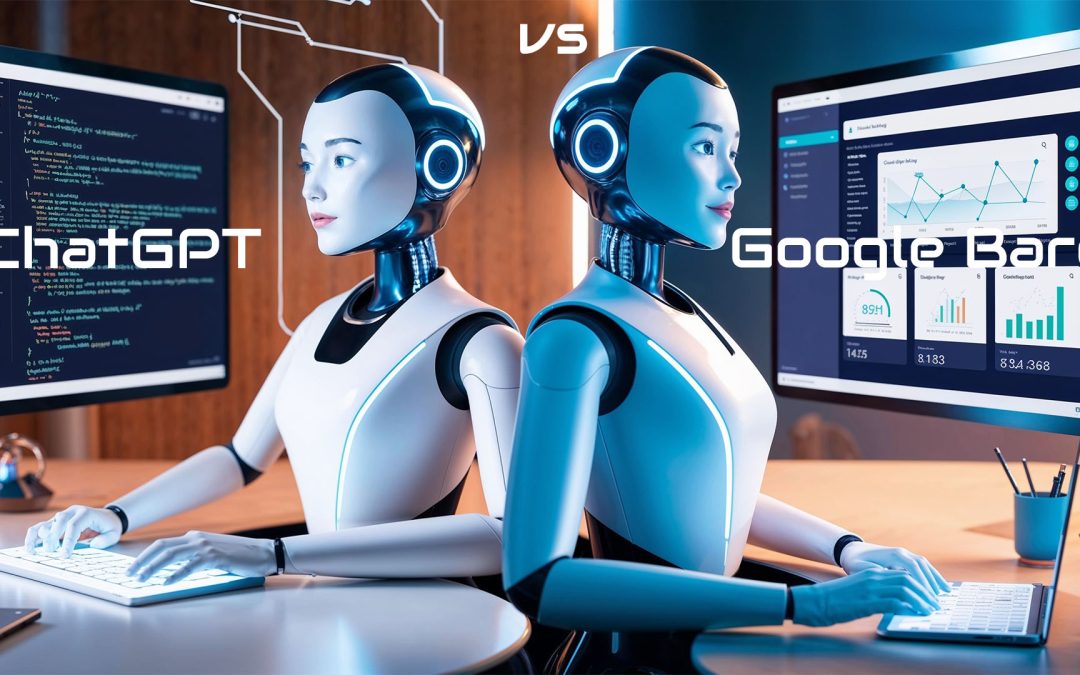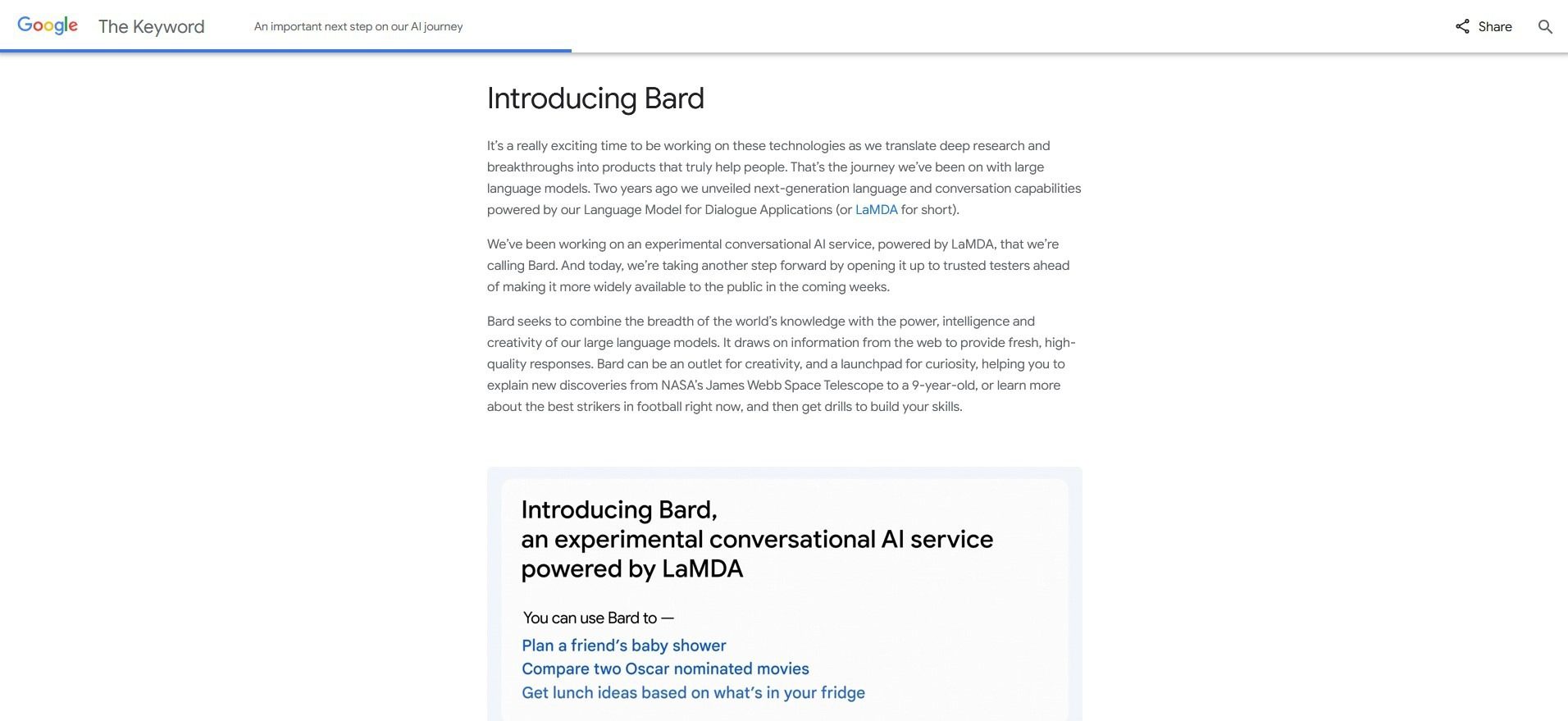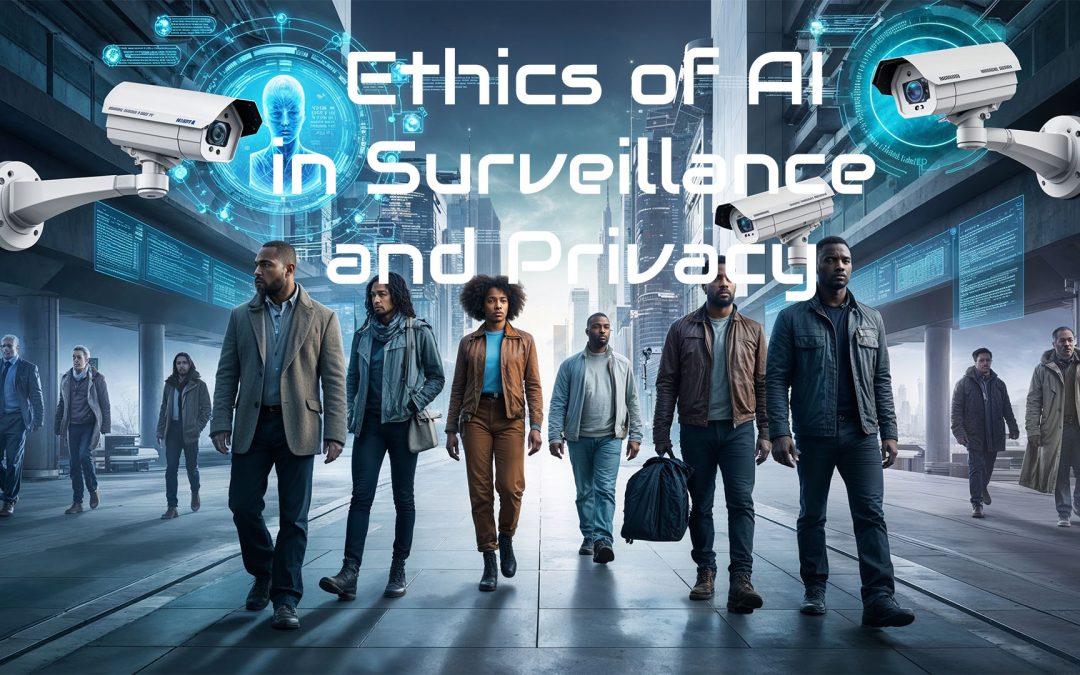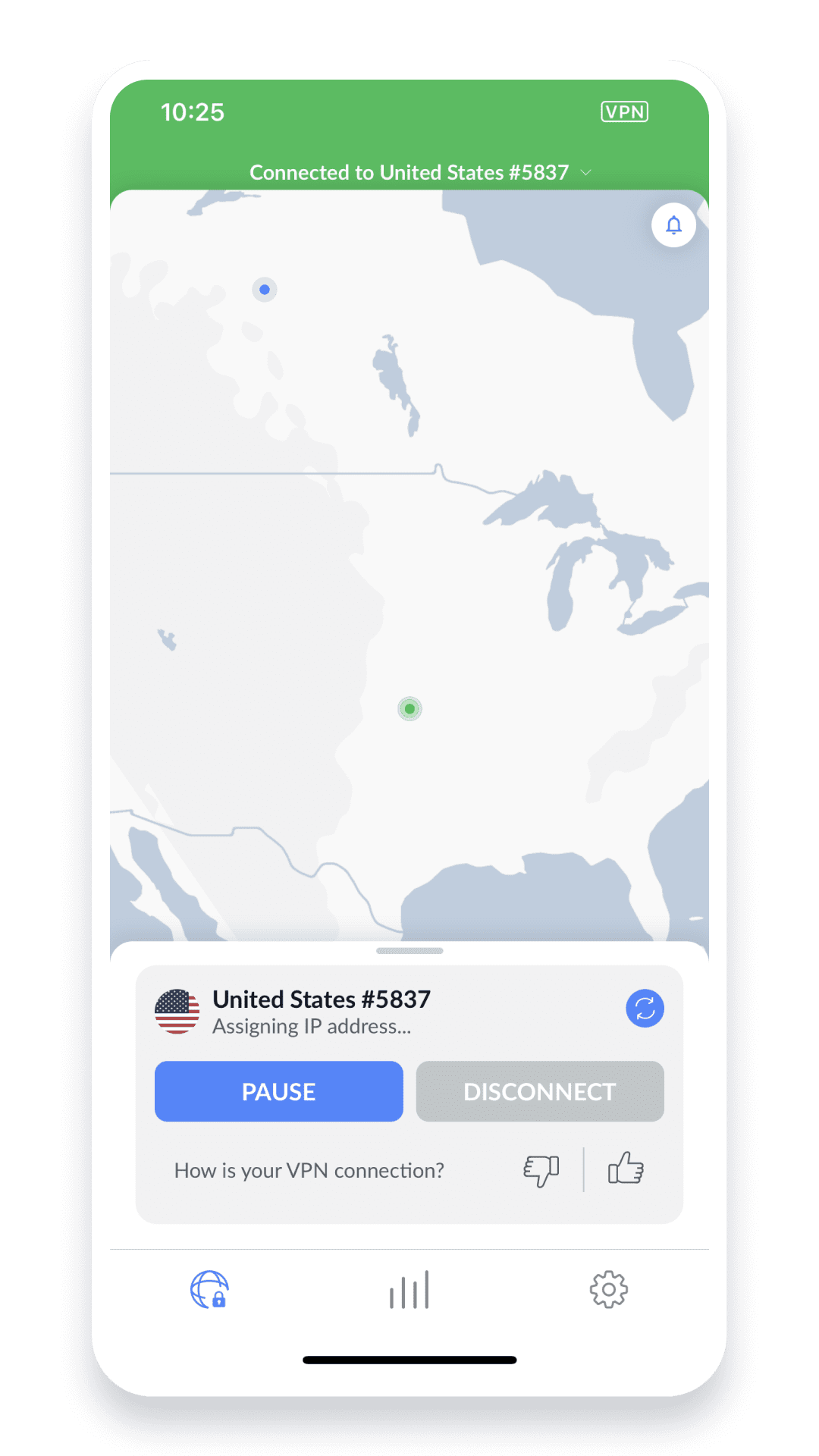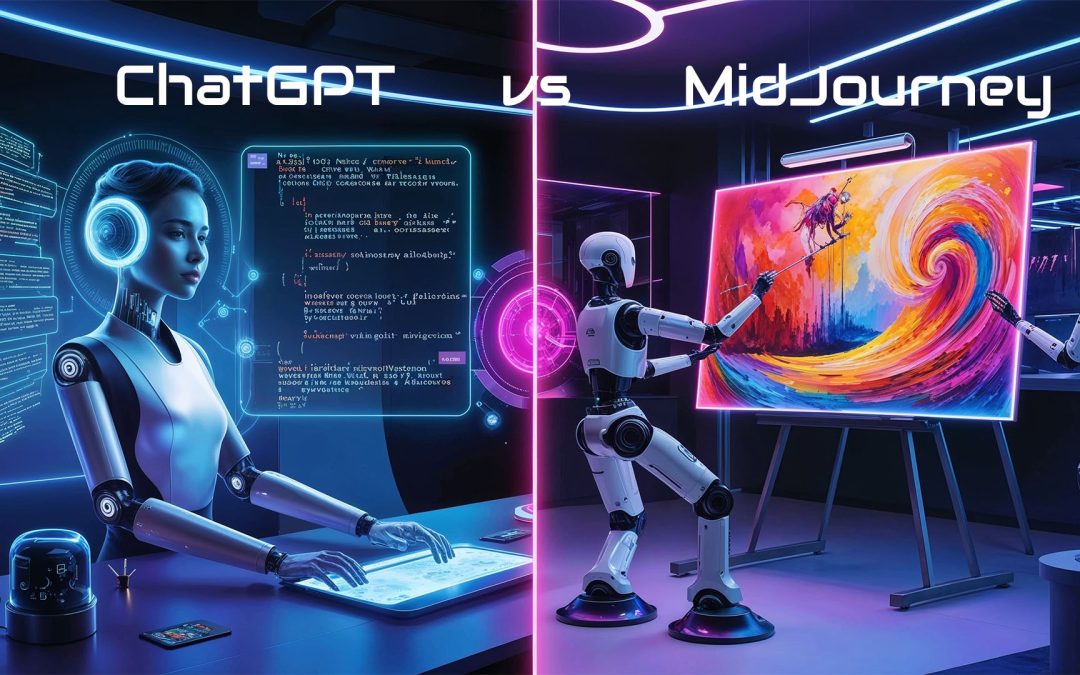
ChatGPT vs MidJourney: Revolutionary Insights into AI Tools in 2024
This detailed comparison between ChatGPT and MidJourney is part of our AI Tools Comparison Series, which explores the best tools shaping the AI landscape.
Introduction – ChatGPT vs MidJourney
Artificial Intelligence (AI) is revolutionizing industries and transforming the way we create, communicate, and innovate.
Two standout tools in this landscape are ChatGPT and MidJourney, each serving distinct purposes.
This article provides a comprehensive comparison to help you determine which AI powerhouse best suits your needs.
What is ChatGPT?
ChatGPT, developed by OpenAI, is a conversational AI model mimicking human-like dialogue.
Leveraging the power of natural language processing (NLP), ChatGPT has applications in:
- Customer service automation
- Content creation
- Personal assistance
- Coding support
What is MidJourney?
MidJourney is a generative AI focused on creating visually stunning art and designs.
Through advanced algorithms, it transforms text prompts into high-quality images, making it invaluable for:
- Digital art creation
- Marketing campaigns
- Game design
- Conceptual visualizations
Features and Capabilities: ChatGPT vs MidJourney
ChatGPT: Conversational Excellence
Key Features:
- Natural Language Understanding: It excels at understanding and responding to complex queries.
- Context Awareness: Maintains conversation context over multiple interactions.
- Versatility: Supports a wide range of tasks, from coding advice to brainstorming.
- Customizability: Allows fine-tuning for specific industries or needs.
Use Case Example: A travel agency utilizes ChatGPT to provide real-time itinerary suggestions tailored to customer preferences.
MidJourney: Visual Creativity
Key Features:
- Text-to-Image Generation: Converts abstract ideas into vivid images.
- Style Variability: Offers a range of artistic styles, from photorealistic to abstract.
- High Resolution: Outputs are suitable for professional use.
- Ease of Use: Requires minimal technical expertise to create compelling visuals.
Use Case Example: An indie game developer generates character concepts using MidJourney, saving time and resources.
Comparing ChatGPT and MidJourney
Purpose
- ChatGPT: Ideal for text-based interactions.
- MidJourney: Tailored for image generation.
Accessibility
- ChatGPT: Available through APIs and user-friendly interfaces.
- MidJourney: Accessible via a Discord-based platform, simplifying collaboration.
Learning Curve
- ChatGPT: Straightforward for most users.
- MidJourney: Requires some trial and error for refining prompts.
Cost
- Both platforms operate on subscription models, but costs vary depending on usage.
Performance
- ChatGPT: Excels in accuracy and adaptability.
- MidJourney: Delivers unparalleled visual fidelity.
Real-World Applications
ChatGPT Applications
- Education: Tutors students in multiple subjects.
- Healthcare: Assists in preliminary diagnostics.
- Business: Automates customer queries and enhances team collaboration.
MidJourney Applications
- Advertising: Creates impactful visuals for campaigns.
- Entertainment: Designs characters, settings, and promotional artwork.
- Architecture: Visualizes concepts for client presentations.
❓ FAQs – ChatGPT vs Midjourney
1. What is ChatGPT best suited for?
It is ideal for text-based tasks such as content creation, coding, and customer service.
2. Can MidJourney create photorealistic images?
Yes, MidJourney can generate photorealistic and stylized images, and photos.
3. Are these tools beginner-friendly?
ChatGPT is user-friendly; MidJourney requires experimentation to master prompts.
4. How accurate is ChatGPT?
ChatGPT’s responses are exact but may require occasional human oversight.
5. What industries benefit from ChatGPT?
Almost all industries, including education, healthcare, and marketing, benefit from ChatGPT.
6. What platforms support MidJourney?
MidJourney operates primarily through Discord.
7. Do both tools support team collaboration?
Yes, both tools are collaboration-friendly, especially in creative and professional settings.
8. Which tool is more affordable?
Costs depend on usage, but ChatGPT offers more flexibility in pricing plans.
9. Can I integrate these tools with other software?
Yes, ChatGPT has robust APIs, and MidJourney’s outputs can integrate into design workflows.
10. Which is better for marketing purposes?
Both are excellent. ChatGPT is better for content, while MidJourney excels in visuals.
Conclusion and Summary – ChatGPT vs MidJourney
Conclusion
ChatGPT and MidJourney represent the best of AI’s capabilities, catering to text and visual needs, respectively.
Combining these tools can create a synergy that enhances businesses’ communication and design efforts.
By understanding your goals and each platform’s unique offerings, you can make informed decisions that align with your objectives.
Summary
ChatGPT and MidJourney emerge as transformative tools in the dynamic world of AI.
ChatGPT’s linguistic prowess complements MidJourney’s visual brilliance, making them indispensable for modern enterprises.
Whether you aim to automate communication or craft captivating visuals, these AI tools empower you to achieve remarkable results.
📚 Related Posts You May Be Interested In
- ChatGPT vs Bing AI: The Truth Behind AI Assistants ⬈
- Leonardo AI: Create Art, Images & Video with Cutting-Edge Tools ⬈
This article is part of the Definitive Guide to Brilliant Emerging Technologies in the 21st Century ⬈.
For a brief comparison on the subject, see my previous post, ChatGPT vs. 11 Powerful AI Tools: Unlock Their Unique Features in 2024 ⬈.
Thanks for reading.
Resources – ChatGPT vs MidJourney
- OpenAI ChatGPT Official Page ⬈ – Learn more about ChatGPT.
- MidJourney Official Page ⬈ – Explore MidJourney’s capabilities.
ℹ️ Note: Due to ongoing application and website development, the actual appearance of the websites shown may differ from the images displayed here.
The cover image was created using Leonardo AI ⬈.

